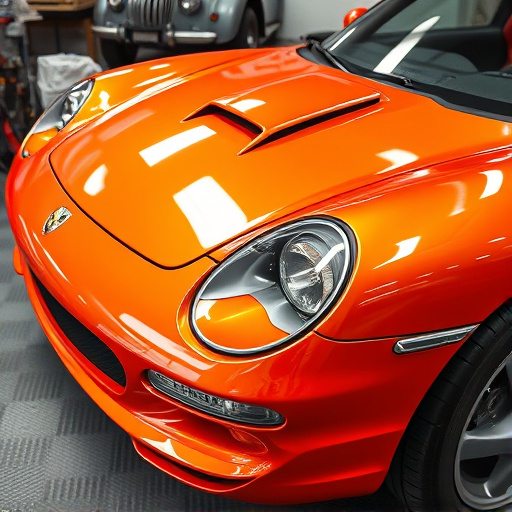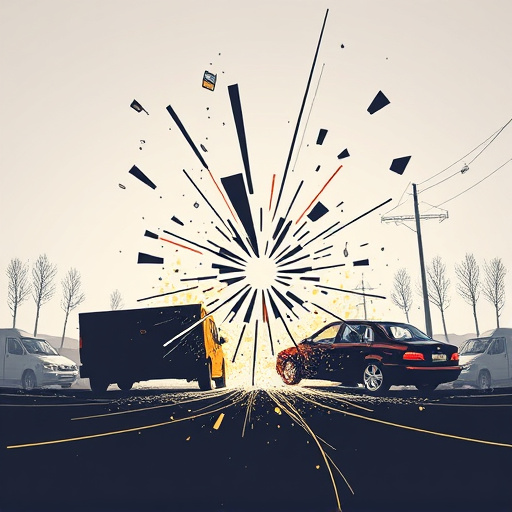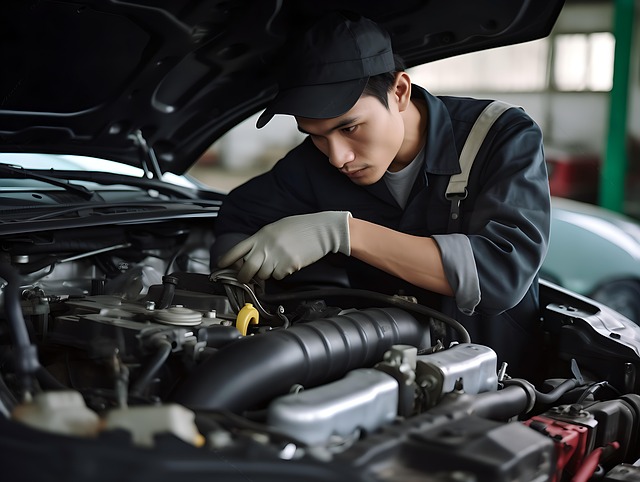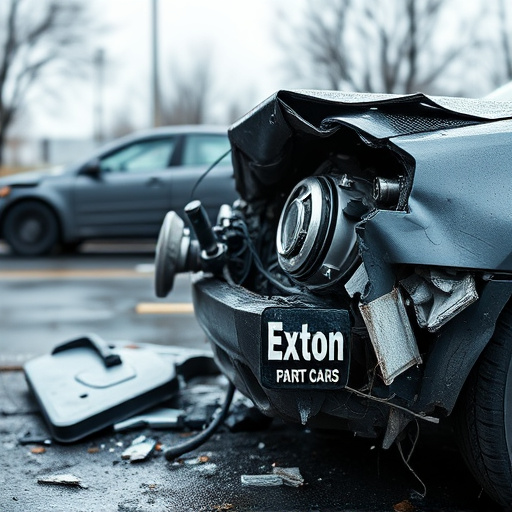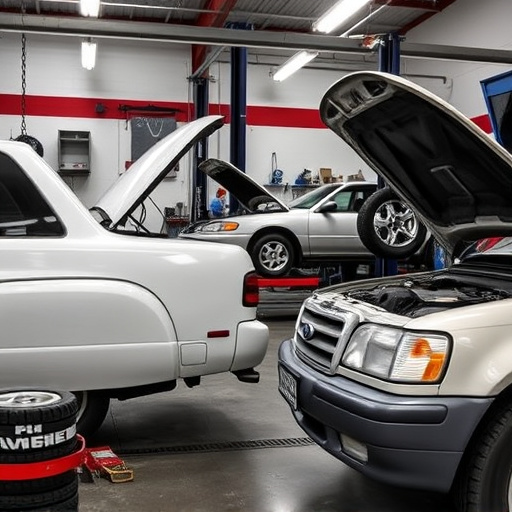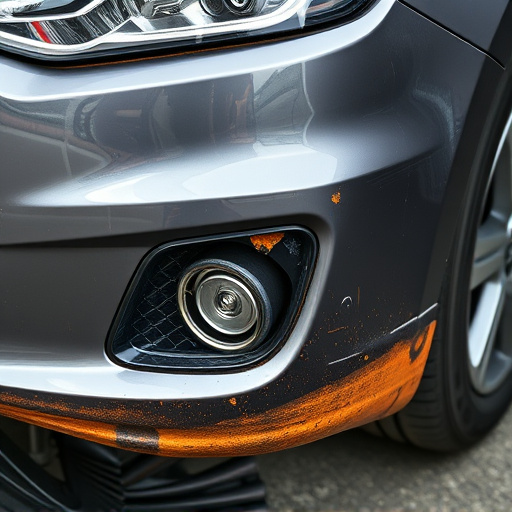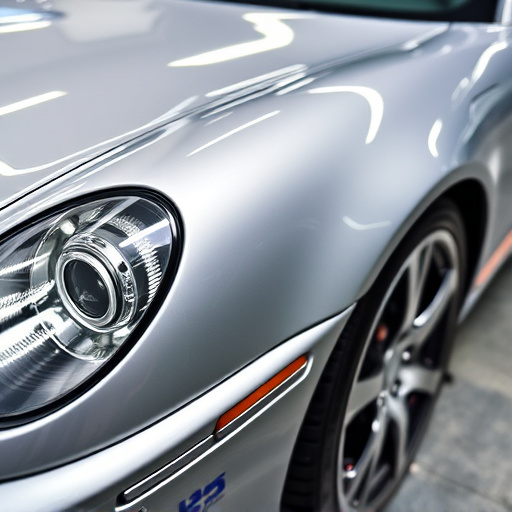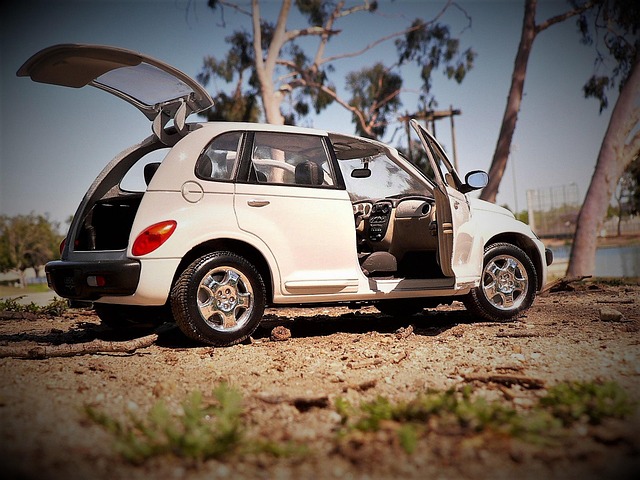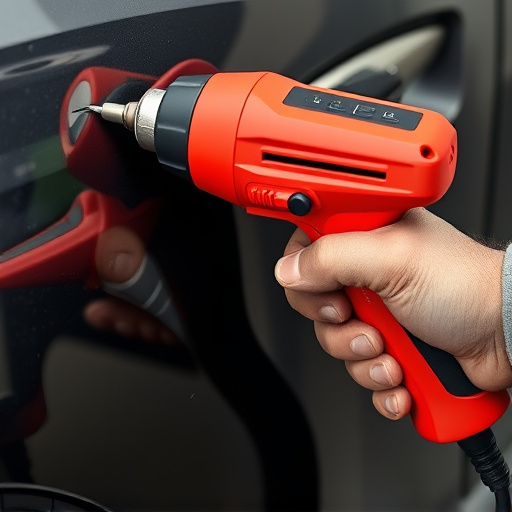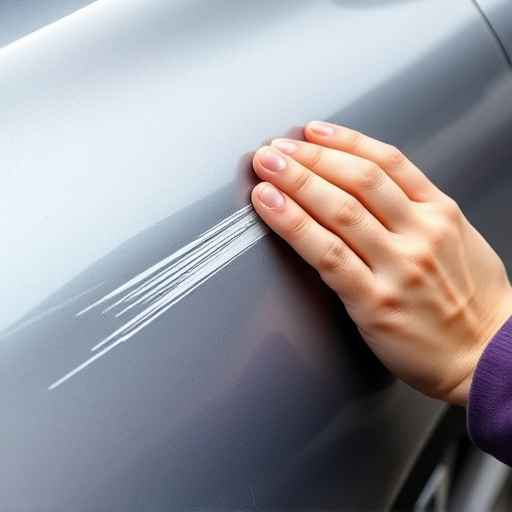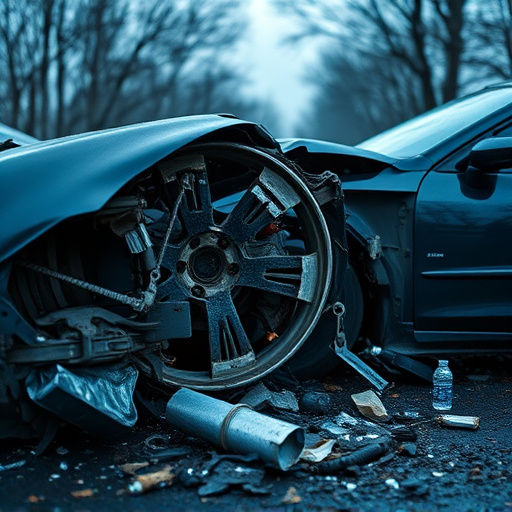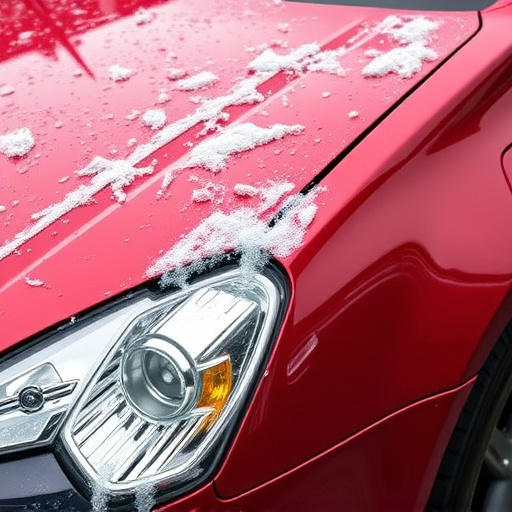Tesla LED daytime running light (DRL) repair is vital for maintaining safety and efficiency. Damaged components due to accidents or weather can reduce DRL intensity, leading to energy waste. Professionals with EV maintenance expertise should handle repairs to ensure optimal energy efficiency. Timely assessment, accurate component identification, and strategic maintenance enhance lighting system performance, contributing to better fuel economy and reduced environmental impact.
Tesla’s LED daytime running lights (DRLs) are not just for style; they play a crucial role in energy efficiency. Understanding the complex system behind these lights is key to addressing common issues that can lead to inefficient energy usage. This article delves into the inner workings of the Tesla LED DRL system, identifies primary causes of inefficiencies, and offers effective repair strategies to optimize energy conservation, ensuring your Tesla’s lighting system operates at its peak.
- Understanding Tesla LED Daytime Running Light System
- Common Issues Causing Inefficient Energy Usage
- Effective Repair Strategies for Optimal Energy Efficiency
Understanding Tesla LED Daytime Running Light System
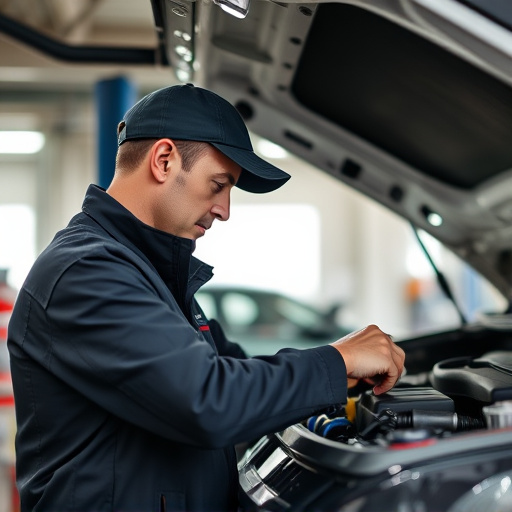
The Tesla LED Daytime Running Light (DRL) system is a cutting-edge feature designed to enhance visibility and safety on the road. These advanced lights are strategically positioned to provide maximum illumination during daylight hours, reducing the risk of accidents by making vehicles more visible to other drivers. The system comprises a network of high-brightness LEDs that offer superior brightness and energy efficiency compared to traditional incandescent bulbs.
A Tesla LED DRL repair involves addressing any issues with these intricate light systems, ensuring they continue to function optimally. This process may include replacing faulty components, such as burnt-out LEDs or damaged wiring, and reconfiguring settings to maintain the vehicle’s energy efficiency. Regular maintenance and prompt repairs are vital to preserving the integrity of this innovative automotive restoration feature, contributing to a safer driving experience and showcasing the vehicle’s sleek aesthetics.
Common Issues Causing Inefficient Energy Usage
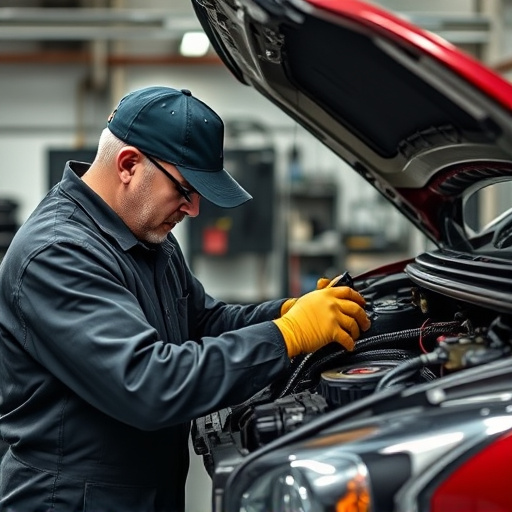
In many cases, inefficient energy usage in a Tesla, particularly with its LED daytime running lights, can be attributed to several common issues. One major factor is damaged or malfunctioning components within the lighting system, which could stem from a fender bender or other minor accidents that result in a bumper repair. Over time, exposure to harsh weather conditions and road debris can also take a toll on these delicate parts, leading to reduced light intensity and energy inefficiency.
Additionally, outdated or improperly installed lighting components can contribute significantly to energy wastage. An auto repair near me might not always address the specific needs of Tesla models, especially when it comes to LED technology. Ensuring that the repairs are carried out by professionals with expertise in electric vehicle (EV) maintenance is crucial for achieving optimal energy efficiency in your Tesla’s daytime running lights.
Effective Repair Strategies for Optimal Energy Efficiency
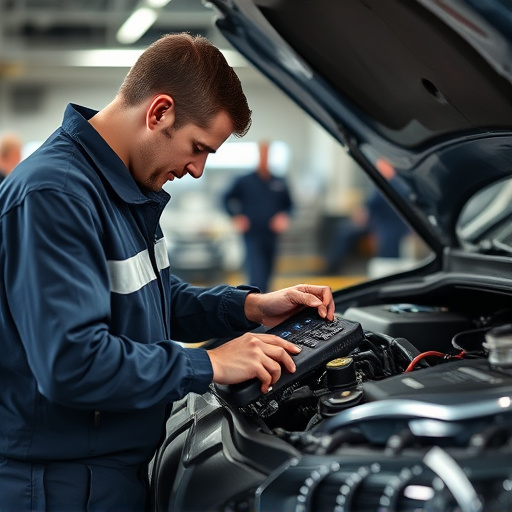
When it comes to repairing Tesla’s LED daytime running lights, implementing effective strategies is key to maintaining optimal energy efficiency. The first step involves assessing the damage and identifying the specific components that need replacement. Given the intricate nature of LED technology, specialized knowledge and tools are often required for accurate repairs. Professional car repair services with expertise in advanced vehicle systems can ensure precise troubleshooting and component-level repair, minimizing energy wastage.
Additionally, considering a comprehensive auto glass replacement or car bodywork services might be necessary if the issue is linked to shattered lenses or damaged housings. By addressing these aspects effectively, you can enhance the overall efficiency of the daytime running lights, contributing to better fuel economy and reduced environmental impact. Remember, timely maintenance and repairs are crucial in preserving the performance and longevity of your Tesla’s lighting systems.
Tesla’s LED daytime running lights (DRLs) are not only crucial for safety but also key contributors to energy efficiency. By addressing common issues like faulty connections, bulb deterioration, and software glitches through effective repair strategies, owners can ensure their DRLs function optimally. Regular maintenance and timely repairs play a significant role in preserving battery life and maximizing the environmental benefits of Tesla’s cutting-edge technology. A well-maintained LED DRL system is a testament to responsible ownership and contributes to the overall sustainability mission of electric vehicle (EV) ownership.
